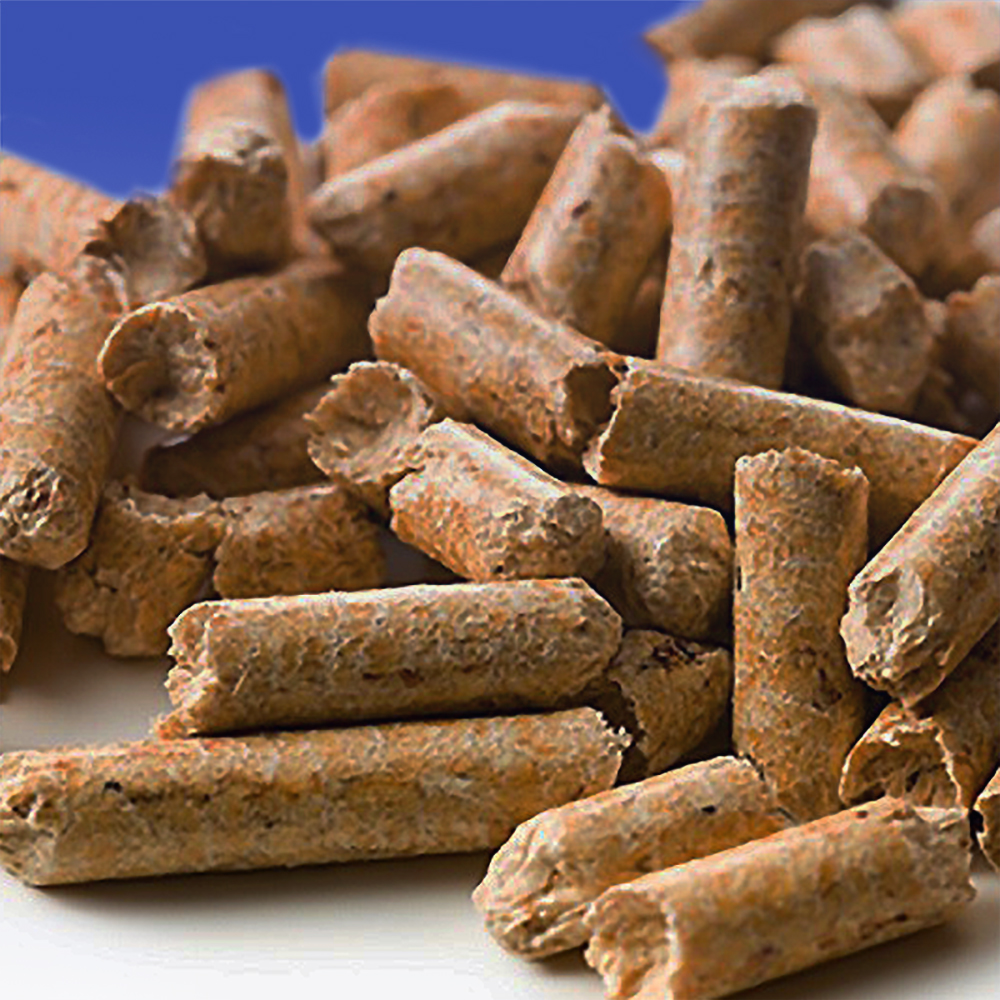
Posted on July 27th, 2018 by Carrier Vibrating
There is always a search for a new fuel source, and biomass wood pellets have been growing in popularity as a new energy source for many residential and commercial uses. The U.S. Energy Information Administration estimates that over 6 million tons of biomass pellets were produced, with over 80% of that amount exported to other countries. Biomass wood pellet production has had a steady 10% increase over the past few years and is expected to grow as more fuel systems convert to use them. The hardwood forests in the Southeastern region of the United States are the largest wood pellet-producing area, with the Northeast and Pacific Northwest producing the other largest amounts.
How Biomass Wood Pellets are Made
Wood pellets are commonly made from sawdust and wood chip scraps from the lumber industry but can be made from any biomass, including paper, cardboard, and straw.
Sizing
These wood and biomass scraps are chipped and shredded to reduce the size and are then sent through a hammer mill to get them into the fine size needed to form into the pellets. It is then sent through a conveyor with magnets to remove any metal that might have been in the wood and screens to remove any pieces that might be the incorrect size.
Drying & Mixing
Depending on the raw material and where it came from, the moisture content will range from very dry to very wet. The material for the pellets must have some moisture present for the process to work correctly, but too low or too much will cause the pellets to not form and hold together in a usable size.
To achieve the correct moisture levels, the material can be sent through a vibrating fluid bed dryer until it has reached the correct moisture content. To ensure high quality in the final pellets it is important to mix the ground and dried material until it is uniform. Depending on the source material, it may need to have a conditioner or additive added at this point to help it form and keep the pellet shape.
Pelletizing
Once the processed material has been dried, mixed, and conditioned as needed, the pulp is run through a pellet mill. The mill is made of a metal die with holes cut through it like a colander and then a roller that rolls over the metal die. When the woody pulp is added to the pellet mill the roller will compress the material over the die, squeezing it through the holes. The pressure of the roller creates heat and compression that causes the lignin in the wood to fuze and bind the pellet together. A knife on the die’s outside will break the newly formed pellets’ strands into smaller lengths, which are then collected.
Screening and Cooling
Sometimes, the pellets will not form correctly or break during the process and will be too small to be used efficiently by the customer. Once the pellets come off the pellet mill, they are sent across a vibrating screener to remove any smaller pieces or shards so that only the correctly formed and sized pieces reach the end of the processing line. This process also allows the pellets to cool naturally since cooling them too quickly can cause stress fractures.
Bagging
Once the pellets are cooled and screened for size, they are taken to the bagging or storage facility, where they are packaged in retail bags or stored for bulk purchase. Due to the wood and cellulose makeup of the pellets, they are highly water absorbent and must be stored in a way that prevents their exposure to moisture or humidity.
Upgrade Your Pellet Mill with Precision Equipment for Biomass & Wood Pellet Industry!
Discover innovative paper, wood, and biomass processing solutions to maximize efficiency. From handling materials without breakage to ensuring thorough drying, explore vibrating conveyors, feeders, screeners, fluid bed dryers, coolers, and spiral elevators for optimal performance. Contact a Carrier Vibrating Equipment representative today to learn how we can help your pellet making process.







